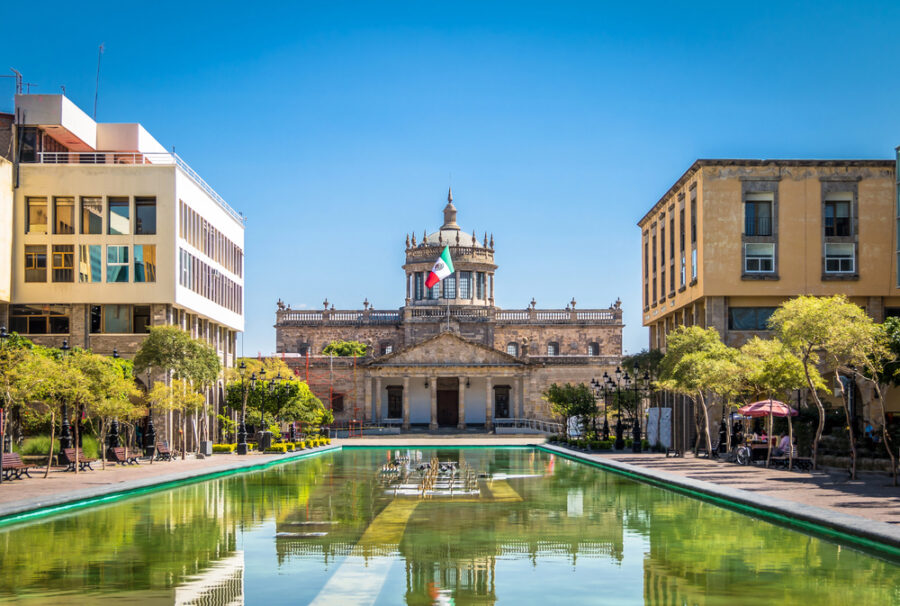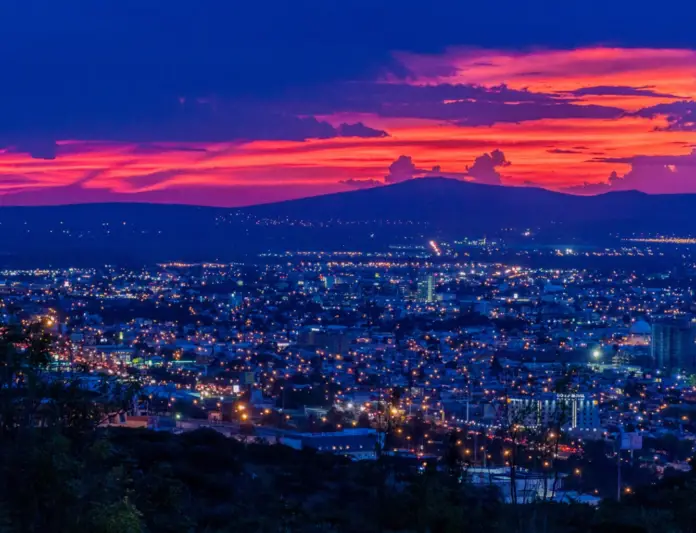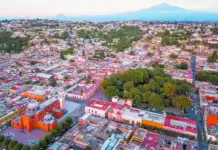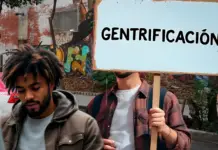Living in Mexico doesn’t cost the same everywhere. According to the latest ranking from Numbeo 2025, the global website that compares the cost of living by city, Monterrey tops the list of the country’s most expensive cities, followed by Querétaro, Mexico City, Mérida, and Guadalajara. The study analyzes variables such as rent, food prices, transportation, and local purchasing power, revealing stark economic contrasts between the north, center, and southeast of the country.
The Numbeo 2025 ranking reflects how the most economically dynamic cities also have the highest costs of living. Monterrey, Querétaro, and Mexico City are hubs for investment and employment, but also for rising housing, transportation, and food prices.
In contrast, cities like Mérida and Guadalajara still offer a degree of balance, although the trend points to sustained inflation driven by internal migration, tourism, and business growth.
Monterrey: The Industrial Capital, Also the Most Expensive
With a cost of living index of 49.28 points, Monterrey tops the national ranking. The capital of Nuevo León combines high prices for groceries (52.03) and restaurants (49.34), as well as a high average rent compared to other cities.
Its position reflects its economic profile: Monterrey is an industrial and financial center that attracts thousands of professionals and expatriates, keeping demand for housing and services high.
According to the real estate website Propiedades.com, the monthly rent for a one-bedroom apartment in central areas exceeds 18,000 pesos, while the average cost of basic necessities is one of the highest in the country.
Querétaro: The Surprise of Bajío
In second place is Querétaro, with a cost of living index of 44.39 points and a local purchasing power even higher than Monterrey’s (50.02). Its rapid industrial growth and the arrival of technology, aeronautical, and manufacturing companies have made rent and food prices more expensive. The grocery index reaches 49.43 points, just below that of Monterrey.
According to data from INEGI (National Institute of Statistics and Geography) and real estate websites, the average price per square meter in urban areas of Querétaro has doubled in less than a decade, reflecting market pressure on average wages.
Mexico City: The contrast between high costs and limited purchasing power
Mexico City ranks third with an overall index of 44.09. Although it has a more diversified economy, housing and utility costs are high, especially in municipalities such as Benito Juárez, Miguel Hidalgo, and Cuauhtémoc.
The rental index is 27.86 points, the highest of the five cities, but its local purchasing power (44.57) remains below that of Monterrey and Querétaro.
This gap reflects that wages have not grown at the same pace as prices, especially in middle- and low-income sectors.
Mérida: Rising quality of life, but increasingly expensive
In fourth place is Mérida, with a cost of living index of 41.76 points. Although it is cheaper than the large cities in the north and center, its popularity as a destination for foreigners and new residents has driven up the price of land and housing.
The grocery index (43.61) and the restaurant index (43.57) remain moderate, but the gap with local wages is concerning. Its purchasing power is just 35.93 points, the lowest of the five cities analyzed, suggesting that the cost of living is growing faster than incomes.
Guadalajara: Tradition and Progressive Price Increase
Guadalajara rounds out the top 5 with a cost of living index of 40.11, groceries of 43.56, and restaurant prices of 39.35. Its local purchasing power (44.88) places it in a more balanced position, although the boom in the technology and services industries has made rent and housing more expensive.

Source: emprendedor




